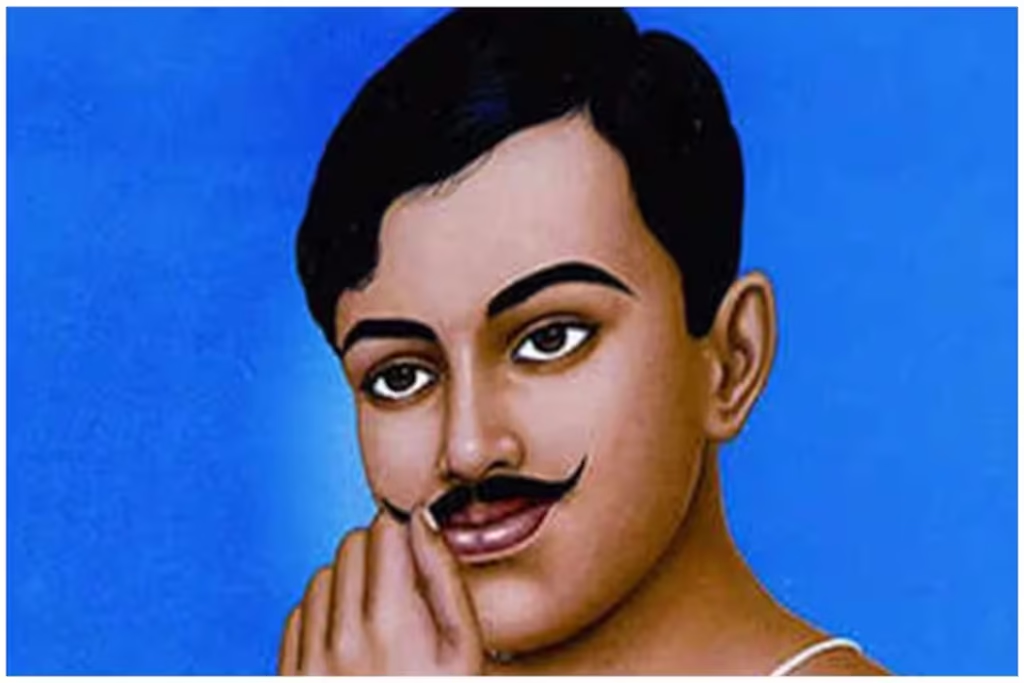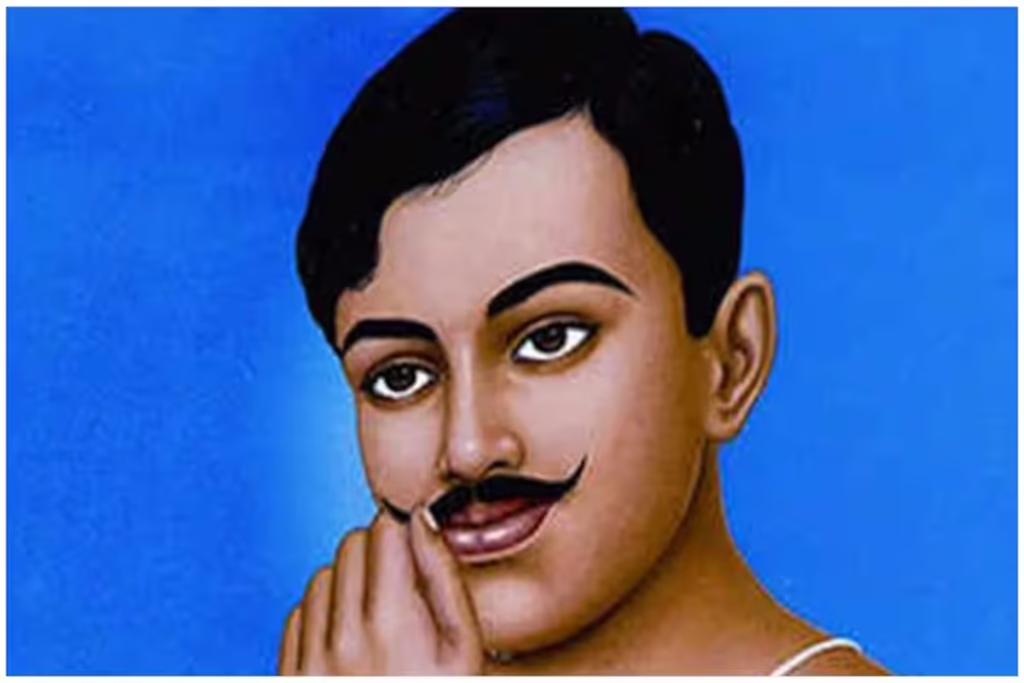
Chandrashekhar Azad led a life of extreme discipline, bravery, and simplicity, dedicated entirely to India’s freedom struggle. Unlike a conventional lifestyle, his life was marked by hardship, sacrifice, and a commitment to revolution.
1. Early Life & Values
- Born on July 23, 1906, in Bhavra, Madhya Pradesh, he was deeply influenced by patriotism from a young age.
- He joined the Non-Cooperation Movement at just 15 years old and was arrested for the first time, earning the name “Azad” (meaning free).
2. Simplicity & Self-Sufficiency
- Despite his revolutionary activities, he lived a simple life, often surviving on minimal resources.
- He used the jungle as his hideout and relied on trusted allies for shelter and food.
- He followed a strict routine, including physical training and weapons practice.
3. Ideology & Principles
- Azad believed in “freedom at any cost” and never surrendered to the British.
- He maintained a fearless attitude and inspired others with his unwavering commitment.
- His famous words were:
“Dushman ki goliyon ka hum samna karenge,
Azad hi rahein hain, Azad hi rahenge!”
(We will face the enemy’s bullets, we are free and will always remain free!)


